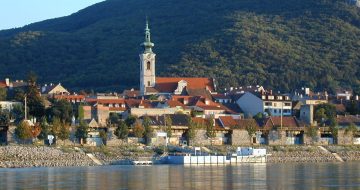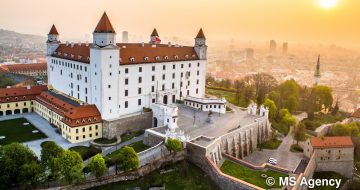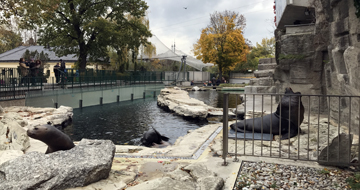Default header
Habsburg
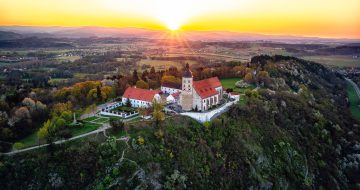
The Bogenberg District Museum is located diagonally opposite the pilgrimage church. It was completely redesigned in 2009 and its permanent exhibition focuses on the Bogenberg and its rich history.
Details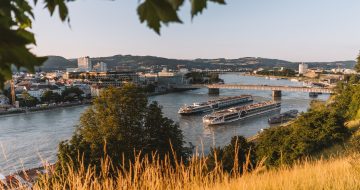
At first glance a former industrial city, at second glance an exciting cultural metropolis: Linz is a city of culture, a festival hotspot and a natural idyll all in one. Linz has many facets that are waiting to be discovered. What you need to bring along on a visit is curiosity, an interest in special cultural experiences and the courage to enjoy. Because a short trip to Linz will bring new experiences and establish a friendship that will make this city unforgettable.
Details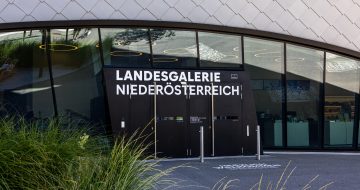
The Landesgalerie Niederösterreich is a new, dynamic exhibition venue for Austrian art. It combines the holdings of Lower Austria's history-rich provincial collections with important private collections and responds to contemporary issues with themed and personal exhibitions. Exciting exhibitions are presented on five presentation levels and 3,000 m2 of exhibition space.
Details
The Gäubodenmuseum shows 7000 years of history of Straubing and Bavaria. The highlight is the Roman treasure, which was found in the region.
Details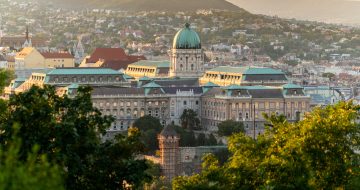
The Hungarian National Gallery in the Castle Palace is the largest public collection of Hungarian art. Thematic and historical exhibitions take visitors to different periods of Hungarian art history and the country's past.
Details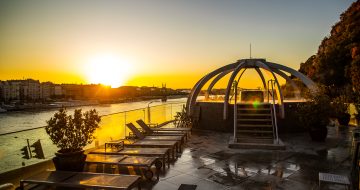
Rudas stands out for its eclectic interior design, not to mention the way it combines 500 years of tradition with the demands of modernity. There are 21 thermal springs flowing into the bath, which is available to guests in the traditional way, i.e. on men's or women's days, while the modern swimming pool on the upper floor is open all day for anyone who wants to relax and enjoy the view of Budapest - even in winter, by the way.
Details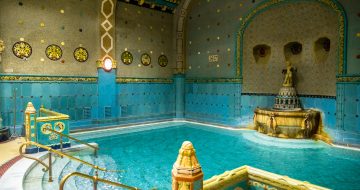
The Gellért Bath is one of the best examples of Budapest's vibrant bathing culture. Built in 1911 in Art Nouveau style, the bath and hotel on the Buda side of the Liberty Bridge offers a glimpse into the bathing culture and architecture of the early 20th century.
Details
The spa is the largest bathing complex in Budapest and one of the largest bathing establishments in Europe. The spa includes 18 thermal pools, an adventure pool, a whirlpool, a swimming pool and an outdoor counter-current pool.
Details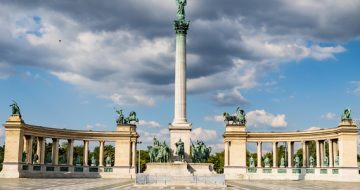
On the occasion of the 1000th anniversary (1896) of the Hungarian land seizure in 896, an imposing monument was erected in place of an 18th century fountain in Heroes' Square: the Millennium Monument. Sándor Wekerle, the Prime Minister of the time, commissioned the architect Albert Schickedanz and the sculptor György Zala to design the monument. Time and again, Heroes' Square has been the stage for momentous events in Hungarian history. Thus, the history of Hungary can be experienced here.
Details
The Central Market Hall is one of the most important destinations for tourists visiting the Hungarian capital, and this is reflected in the range of goods on offer: there is probably no other market in the country with so many souvenir stores and Hungarian specialties. But it is also still a popular place among the locals, as it is not only interesting for tourists, but has also preserved its original function: It is still the market that provides the residents and inhabitants of the area with the largest selection of fresh goods directly from the producers. The basilica-like building was built from 1894 to 1897 according to the plans of Samuel Petz.
Details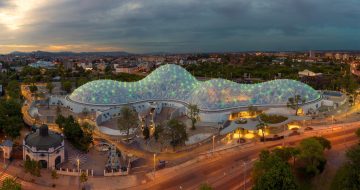
The Budapest Zoological and Botanical Garden was opened in 1866 in Városliget. It is one of the longest operating zoos in Europe.
Details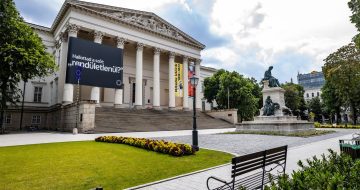
The Hungarian National Museum is ideal for anyone who wants to learn more about the history of Hungary. The museum's collection includes several million items, including works of art, collections and archaeological finds that take visitors through the history of Hungary as a state and nation, from prehistory through the Middle Ages to modern times.
Details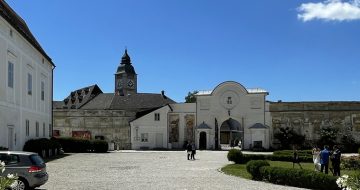
In the new Museum 1212 Enns, a fascinating journey through eight centuries awaits you in eight rooms of Ennsegg Castle. Impressive original objects, modern presentations, multimedia stations and room displays allow you to take a look at history up to the present day.
Details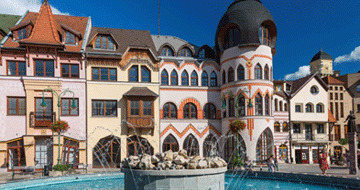
Komárom and Komárno have a common history on the two banks of the Danube. After the First World War, in accordance with the Trianon Peace Treaty, the city, which previously functioned as an administrative unit, was divided into two parts.
Details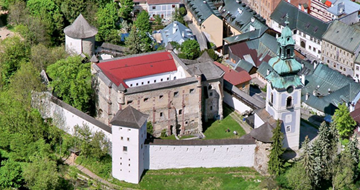
Banská Štiavnica in the middle of the Štiavnické vrchy mountains in central Slovakia is included in the UNESCO World Heritage List.
Details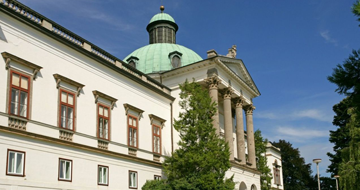
The pride of the municipality of Topoľčianky, in western Slovakia at the foot of the Tribeč Mountains, is a vast English park with a picturesque neoclassical fort, which is the southern wing of an older chateau.
Details
About 20 km north of the capital lies the largest baroque palace in Hungary. Count Antal Grassalkovich I, who had a friendship with Maria Teheresia, had Gödöllő Castle built in the 18th century.
Details
In Melk, however, some of the first Babenbergs were buried and this important burial place of the ruling dynasty was not to be neglected, but to come into spiritual hands.
Details
In the middle of the 13th century the name Artstetten is mentioned in documents for the first time. Very soon, the medieval fortress became a castle, which had various owners in quick succession until it was acquired by Emperor Franz I in 1823.
Details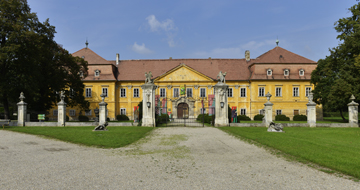
The stork colony in Marchegg offers a concentrated nature experience: For more than a hundred years, one of Europe's largest stork colonies has stopped in Marchegg in spring and summer.
Details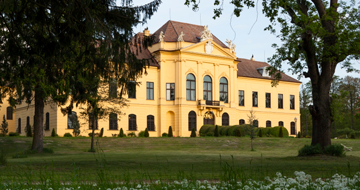
Every year in May, the former imperial hunting lodge Eckartsau is the traditional venue for the Eckartsau Castle Concerts.
Details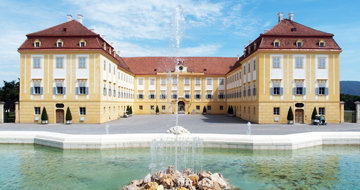
Today, a unique princely ensemble of magnificent architecture and masterfully designed nature extends over more than 50 hectares.
Details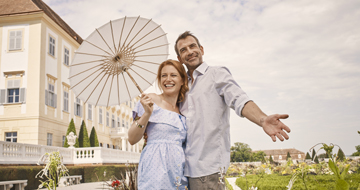
The castle kingdom is the link between two metropolises, embedded in the vastness of the Marchfeld.
Details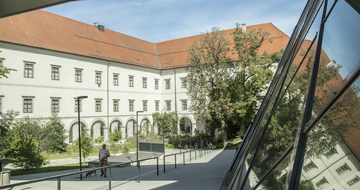
The Linz Castle towers high above Linz. Gastronomy and the castle museum are united in this sight, as well as historical and modern architecture.
Details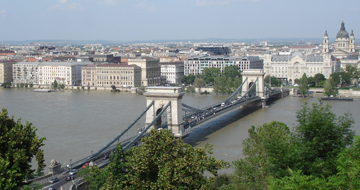
Metropolis of millions, cultural capital and spa capital at the same time, Budapest casts an almost magical spell on visitors.
Details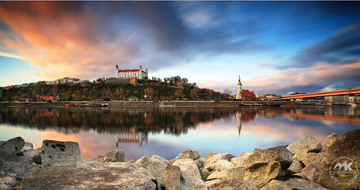
Located at the intersection of three cultures, archaeological findings of a Celtic settlement and a Roman fort prove the important trade route crossing and strategic importance of the town as part of the Limes Romanus.
Details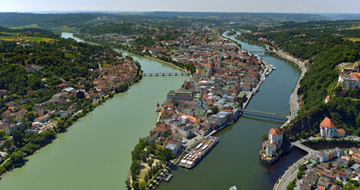
Passau lies at the confluence of the three rivers Danube, Inn and Ilz and borders directly on Upper Austria. For six hundred years, the city on the three rivers was an episcopal principality.
Details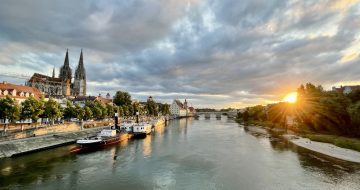
Located at the northernmost point of the Danube, the city of Regensburg looks back on a history of more than 2,000 years.
Details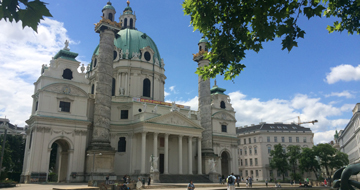
The striking sacral building with its mighty dome is the last great work of the Baroque star architect Johann Bernhard Fischer von Erlach, completed by his son in 1739.
Details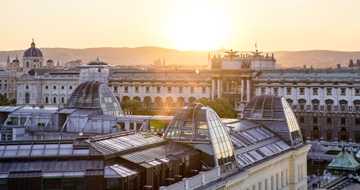
Until 1918, the Hofburg was the center of the vast empire of the Habsburg emperors. Today, more than two dozen world-class collections, cafes, restaurants, squares, parks ... await you here.
Details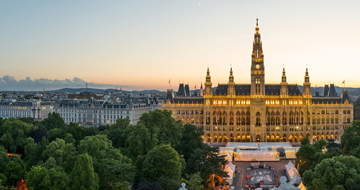
On the world's most beautiful boulevard, you will not only encounter many of Vienna's most famous sights - such as the Hofburg, the Museums of Art and Natural History, the State Opera and the Parliament.
Details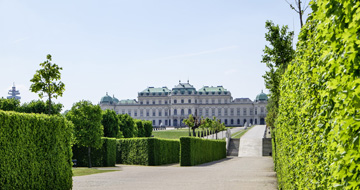
Visit Gustav Klimt's legendary painting "The Kiss" and the important works of Schiele and Kokoschka.
Details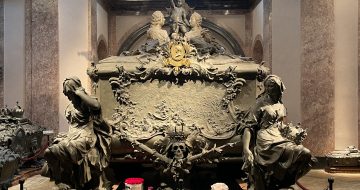
The Capuchin Crypt is located under the Capuchin Church and is dedicated to members of the former Austrian ruling house of Habsburg.
Details
